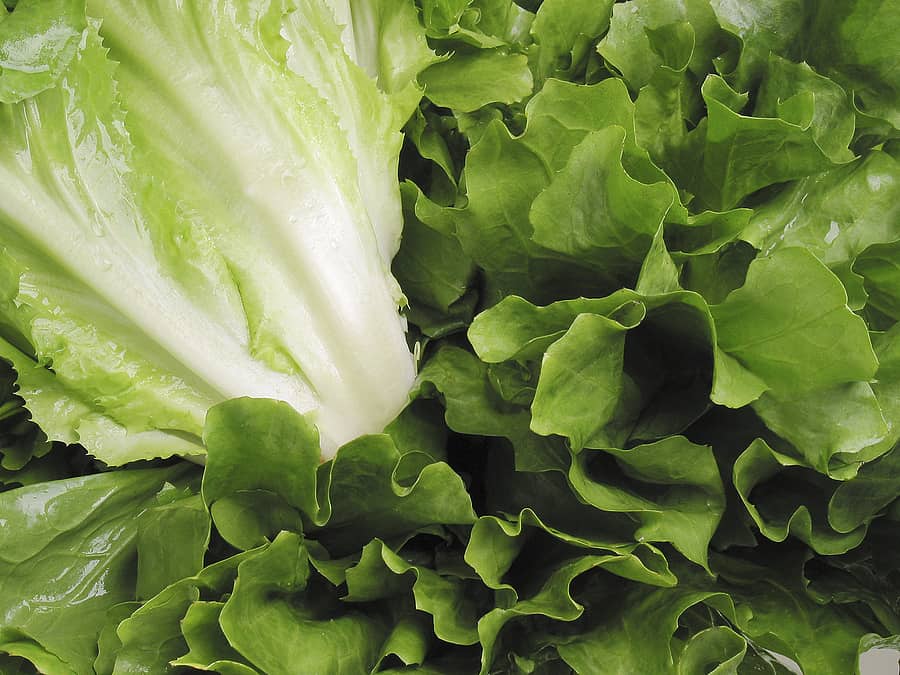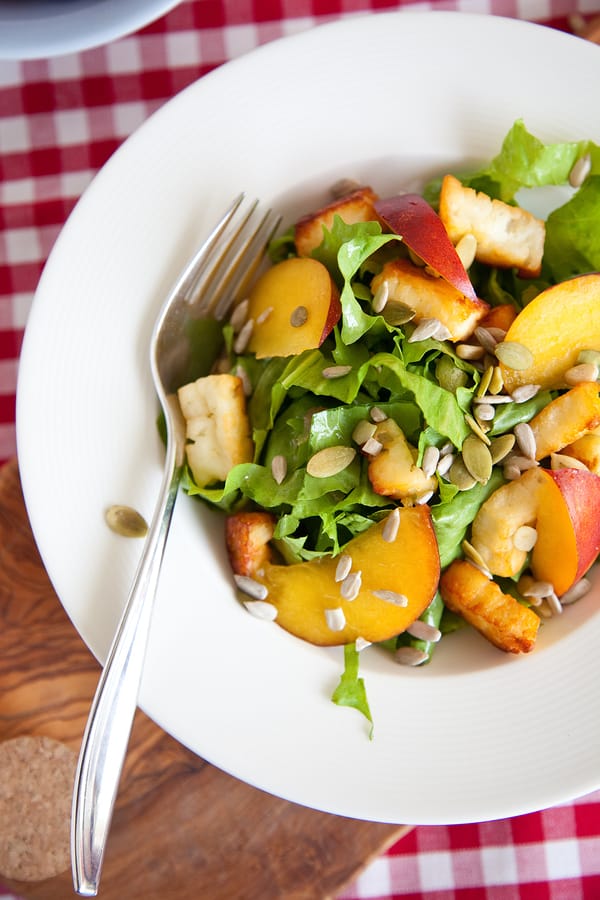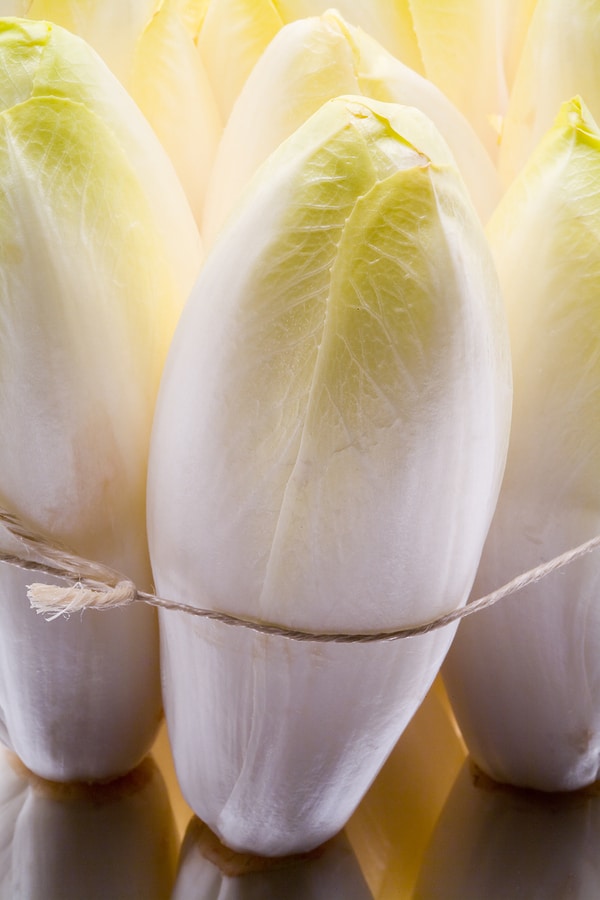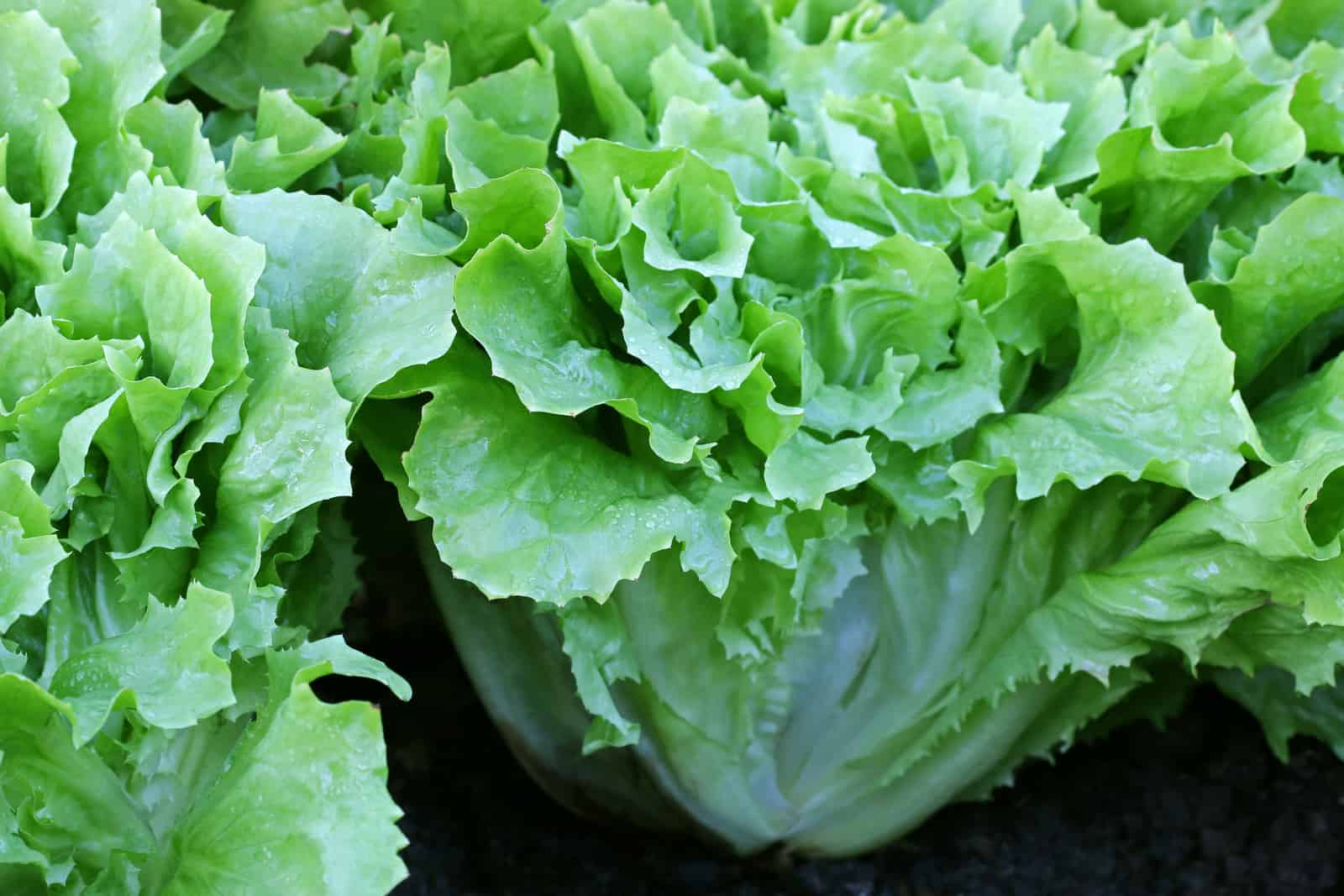Endive
Latest stories
More stories
-
How to Cook and Serve Belgian Endive
Belgian endive is commonly served raw added to winter salads or braised and served with a white sauce. Belgian endive can also be steamed, parboiled, and prepared in a gratin. The closely wrapped creamy white leaves of Belgian endive form a firm elongated, spear-shaped heart. The leaves are slightly pungent. Belgian endive is harvested from […] More
-
How to Harvest and Store Endive and Escarole
Harvest endive and escarole when the leaves are large enough to eat. Endive and escarole mature 50 to 70 days after sowing but they can be harvested sooner. Endive is also called curly endive and frisee—it has frilly or ruffled leaves. Escarole is also called broad-leaved endive—it has smooth, broad leaves. Endive has a sharp […] More
-
Endive and Escarole Seed Starting Tips
Endive and escarole are cool-season crops. They can be grown in early spring and in fall. Sow endive and escarole seeds directly in the garden 2 to 4 weeks before the last frost in spring. To set out transplants start seeds indoors 4 to 5 weeks before transplanting. Set transplants in the garden 4 weeks […] More





